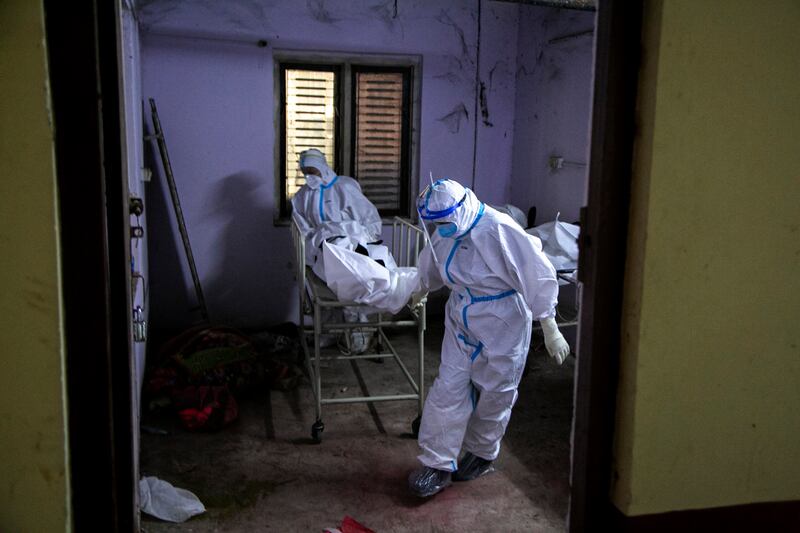In recent weeks, coronavirus outbreaks in India have surged, devastating the country. The strain of the outbreaks has spilled over onto India’s neighbors, particularly Nepal, the Himalayan country of 31 million people.
- This week, Nepal recorded a 40% positivity rate. Hospitals there have begun running out of all supplies, including oxygen, beds, and medicine, The Washington Post reports.
According to The New York Times, inadequate testing capacities, political turmoil or complacency, slow vaccination campaigns and vulnerable health care systems — what created the perfect storm for outbreaks in India — have led to the second wave of outbreaks in Nepal.
How bad is Nepal’s second wave?
Last month, COVID-19 cases in Nepal had stabilized around 100 new cases per day. By late April, the country recorded more than 2,000 cases per day, the number rising to more than 8,000 cases last week. This week, Nepal has recorded as many as 9,000 new cases per day.
- On Tuesday, CNN explained the country reported 9,483 new cases and 225 fatalities — its highest single-day toll since the pandemic began.
So far, the total number of deaths remains around 4,200 fatalities. However, this number is expected to increase as the hospital system collapses under the second wave of the virus, The Washington Post reports.
What caused the second wave of outbreaks in Nepal?
Nepal’s surge of cases has been linked to five main developments:
- After the first wave of outbreaks in the fall, the government did not expand the capacity of the health care system. Nepal’s health care system now is even more strained than India’s was at the start of the outbreaks.
- Since late April, thousands of Nepali migrant workers have returned from India through the porous border. In Banke, one area of the border, as many as 9,000 migrant workers entered within a week. Testing capacities at points of entry have not been able to keep up.
- Misinformation has abounded, including comments from Prime Minister K. P. Sharma Oli that gargling guava leaves can cure coronavirus.
- Political turmoil, including the ousting of Prime Minister Oli who lost a parliamentary vote of confidence on Monday, has weakened the government’s response.
- Like in India, Nepal had many large gatherings over the last few months, including Nepali New Year in April.
Gatherings have now been strictly capped at 10 people. The country has banned international flights until May 31 and the Kathmandu valley — where the capital city is located — is under lockdown until May 27, CNN reports.
Experts say the surge will take more than a month to reach its peak. International calls for aid have come from the Nepali government and from citizens through social media.

